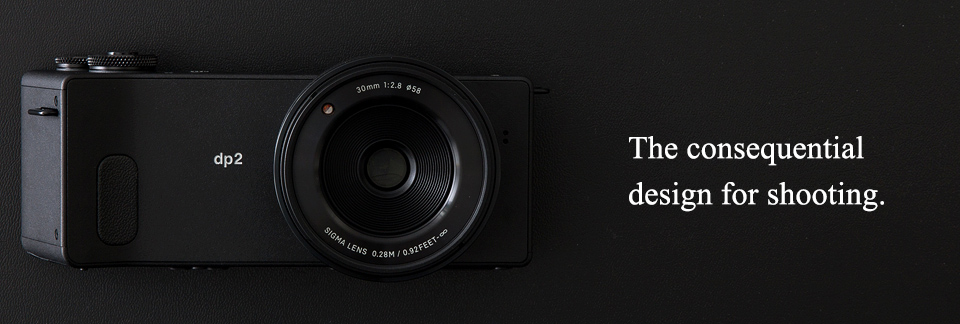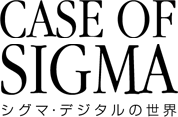
The SIGMA dp2 Quattro inherits the basic lens construction from the former model, but almost everything else including the sensor has been renewed. And, it was SIGMA who had released the world's first compact pocketable camera that went beyond the category by loading a large image sensor. However, I don't think I can put the new dp2 Quattro into my pocket. This time, SIGMA went beyond the framework of the pocket as well as the category. We were so curious about this new model, so we visited SIGMA head office to ask questions.
( Interviewer: K / Photographer: Z II )
![]()
- Mr. Yamaki, we can't do that (laughs). While everything is being downsized, you've upsized and reshaped the body. So, we have no choice but to ask about it. Anyway, could you tell me how you developed the dp2 Quattro?
[ Mr. Yamaki ]
Our top priority is image quality. And, our cameras must be supporting devices to realize it. This has been our basic concept since the beginning, but when designing the dp2 Quattro, we stuck to it as much as possible. As a result, we reached to this shape. In other words, we didn't start with this shape. This is a result of the accumulation of exhaustive updates in accordance with our basic concept.


Kazuto Yamaki, CEO of SIGMA Corporation
Born in Tokyo, 1968. Joined SIGMA Corporation in 1993. Became a managing director/head of project management in 2000, executive vice-president in 2003, president in 2005, and CEO in 2012. He is a kind gentleman who answers our abrupt questions with a radiant smile.

When I hold it with one hand, I feel it's a little big. But, when I hold the grip with my right hand and support the body with my left hand, I can hold it securely. And, thanks to the lens shutter, I think I can use very slow shutter speeds. So, this may be an ideal shape to shoot without camera shake even though the number of pixels increased.
- I see. I guess no one had expected this shape. Could you tell me the process of the "accumulation"?
[ Mr. Yamaki ]
First, we started with the sensor development. We had already been discussing what kind of sensor we make with the Foveon, Inc. and we as SIGMA wanted to improve image quality (resolution) by increasing the number of pixels. The Quattro image sensor was born to deal with the increased data. As the first camera to have the new sensor, we chose the dp because of the shockless body and the dedicated lens optimized for the ultra high-resolution capturing. Of course, we're planning to use the sensor for the SLR SD body.
The "double DSP system" of the dp2 Quattro is more powerful than the one of the DP2 Merrill. Because the amount of data sent from the sensor is almost equal to the one of high-end SLR cameras, the dp2 Quattro has four AD converters. The digital data is pre-processed by one chip with a 2GB memory before being post-processed by another chip with a 4GB memory (TRUE III). Because it takes a high cost and requires larger system in order to realize high performance, we've tried our best to make it as compact as possible by employing the latest technology including the laminated substrate.
When the system size increased, it uses more electricity. And, when the battery size increased, the camera size increases as well. While other manufacturers release fixed-lens compact digital cameras with large sensors, we thought what SIGMA should do. And, whenever we can't decide what to do, we've always prioritized "image quality." And, then we decided to make a camera that promises high quality output even though it became a little oversized. So, this design is the consequence rather than the start.
- You mean you developed the Quattro sensor to increase the number of pixels. Then, you decided on this shape to use more powerful and larger battery as well as to realize the better handling.
[ Mr. Yamaki ]
You're right. I believe a design is a ridgeline reflecting the company's wishes. I admit this design is drawing attention. However, it's a consequential design. We updated every component including the sensor in order to contribute to the production of better photography, and then we integrated the new components in accordance with our concept. In the end, we arrived at this design.
